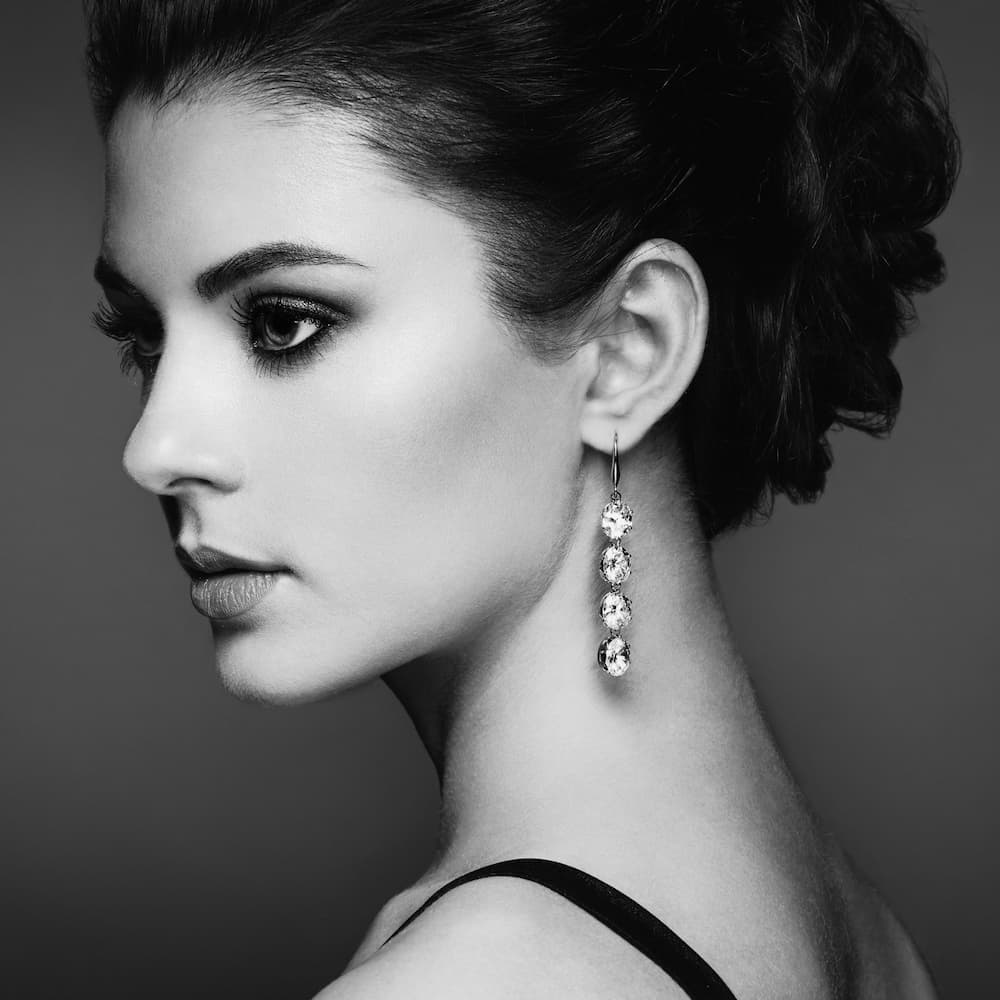
Is extra virgin olive oil a Veblen good?
In the absence of knowledge about a product's intrinsic quality, a high price serves as the only clue aspirational shoppers need.

In the absence of knowledge about a product's intrinsic quality, a high price serves as the only clue aspirational shoppers need.